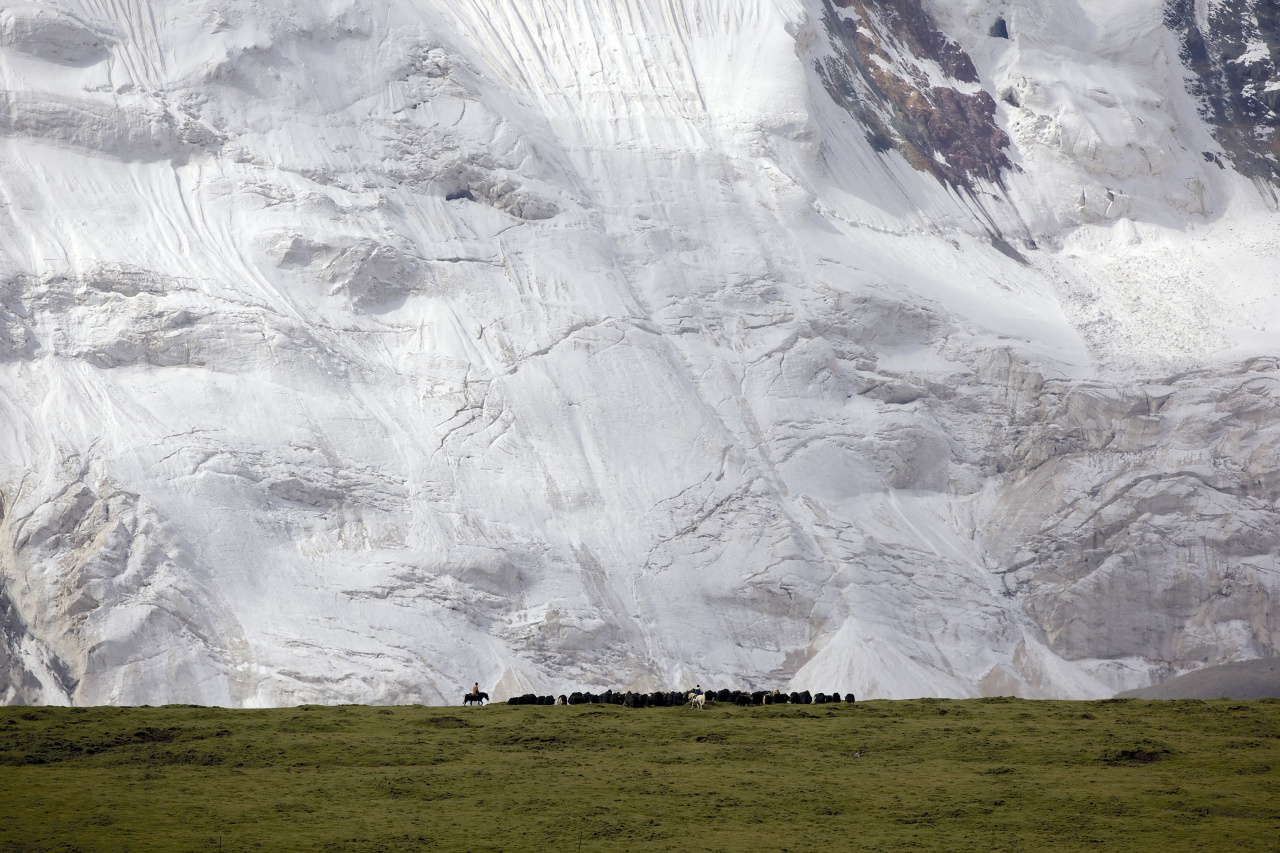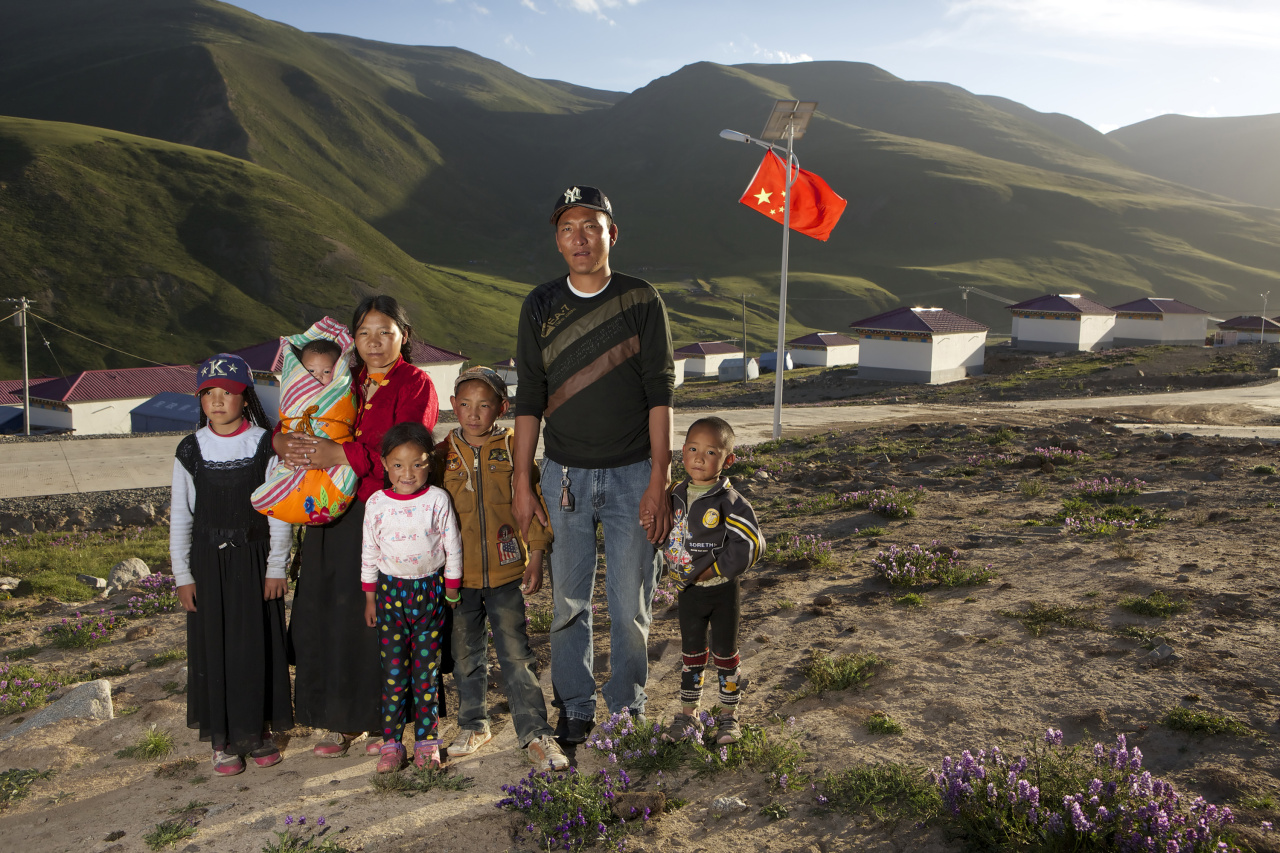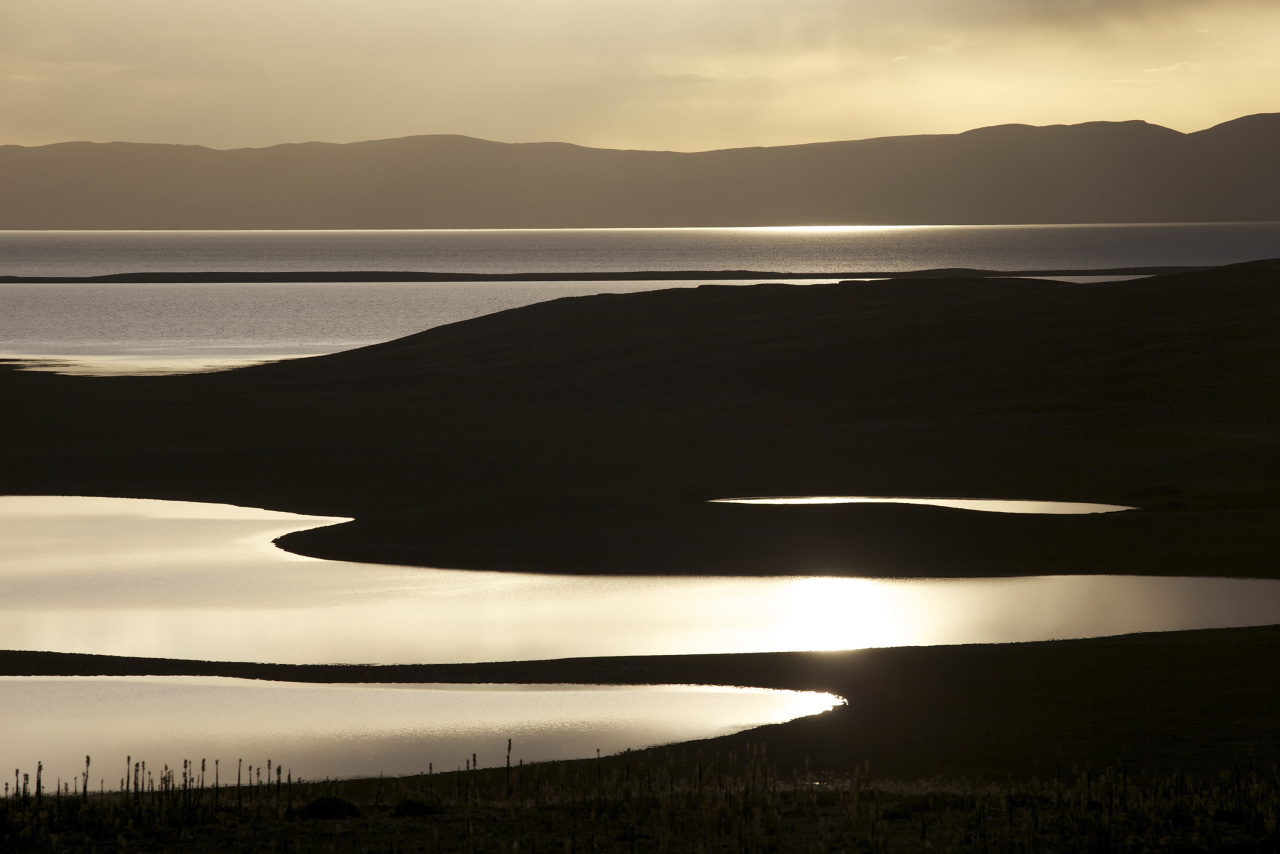The Tibetan plateau is the world’s third pole and its waters influence the lives of 40% of the global population downstream. Sanjiangyuan or ‘The Three rivers headwaters’ reserve is China’s water tower, in the eastern plateau and home to the last Tibetan nomads. ‘The waters from Sanjiangyuan sustains life for 600 million people downstream but in recent years this vast water tower is under threat,’ says Dr Marc Foggin, a conservation biologist who has studied life on the plateau for 15 years, ‘and what affects China affects the world.’
Climate change is thought to be the main cause of rangeland degradation with the plateau warming at twice the world average with China overtaking the USA as the world’s largest polluter in 2007 . Officials also blamed a burrowing mammal called a ‘pika’ and the overgrazing of nomadic herd for the erosion.China created a major new reserve encompassing the three rivers headwaters in Qinghai province covering an area the size of England and Wales at an average elevation of 4000m.
By 2014, over 530,000 nomads in Qinghai province are to be resettled under the Ecological Resettlement’ programme, though the trend towards sedenterisation of nomads begun much earlier in the 1960s. as part of the ‘Great leap forward’. Ecological resettlement is the latest and possibly last phase of the process threatening the end for this ancient way of life.
The late Cai Li, a Chinese professor and yak history expert from Chengdu in Sichuan province, was of the opinion that without yak dung, the only fuel available, no people or civilisation could have colonised these vast mountainous regions.
Children begin their first term at a rural school in Qinghai with military exercises on nearby grasslands but many will graduate unable or unwilling to return to these ancestoral pasturelands. Families are provided with a new home and living subsidy to bring their children to town for education, few return to the old ways.
Despite their high aims of improving education and healthcare, they bring inner-city problems to the rural landscape. A few find new opportunities but 70% of resettled Tibetans remain unemployed relying on government handouts, feeling hopeless and even suffering culture shock. This sense of frustration and despair has been used to account for spate of self immolations since 2009 by Tibetans living in China that have dominated western media news of the region. During the recent Party congress [Dec 2012], 6 nomads took their lives with even more in recent weeks.
‘No culture is a museum piece,’ says conservationist Dr Marc Foggin of NGO Plateau perspectives who work with nomads to sustain livelihoods and conserve local wildlife ‘Tibetan pastoralism will continue to create and recreate itself . There is a creativity in us that has allowed humans to survive in harsh habitats.’
The Three Rivers reserve is a haven for rare wildlife including snow leopard, Tibetan antelope and black-necked cranes. Government-funded roads can allow herding cooperatives to get their product to the lucrative eastern markets while bringing in ecotourists seeking a wilderness experience, epitomized by the nomadic Tibetans. Of the world’s snow leopards, half live on the Tibetan plateau and China wants to protect them. Nomads, working as wildlife monitors can gather scientific data and deter poachers while remaining on the land. In November 2012, authorities announced paid positions for nearly 10,000 ‘keepers of the grassland’, an official endorsement of the value of herders. The wild yak and plateau wildlife now offer a means for the continued survival of the Tibetan culture in this harsh landscape.
Pastoralism may be a fringe lifestyle but it always has been, clinging to life in the harshest livable environment on earth. Under the torrent flow of China’s economy, drive for urbanization and the policy of compulsory education, the end of Tibet’s nomads appears inevitable. But herding remains the plateau’s most sustainable lifestyle and nomads are best placed to conserve the wildlife and land, offering a slender hope of survival against overwhelming odds.
In Dorje’s classroom the children settle down to read English and Tibetan. Outside, the sounds of drills and trucks remind us that the school is a work in progress as the authorities desperately try to make space for the flood of new pupils. Tibetan motifs adorn freshly painted walls while children shriek through unfinished corridors due to chronic understaffing- a living metaphor of the new society being forged here.
‘There is no need to be nostalgic for a past time,’says Dorje, himself a product of voluntary settlement. ‘Whether the culture survives depends on the people. Every individual has ability to do something to save traditional culture. ‘I think it will change, yes. There will be less people in 5 years and even less pastoralism in 10 years but the earth needs people to take care of it, it can’t be deserted.'(Names changed and exact locations withheld)
Published in The South China Morning Post Magazine 9 Jan 2013.


